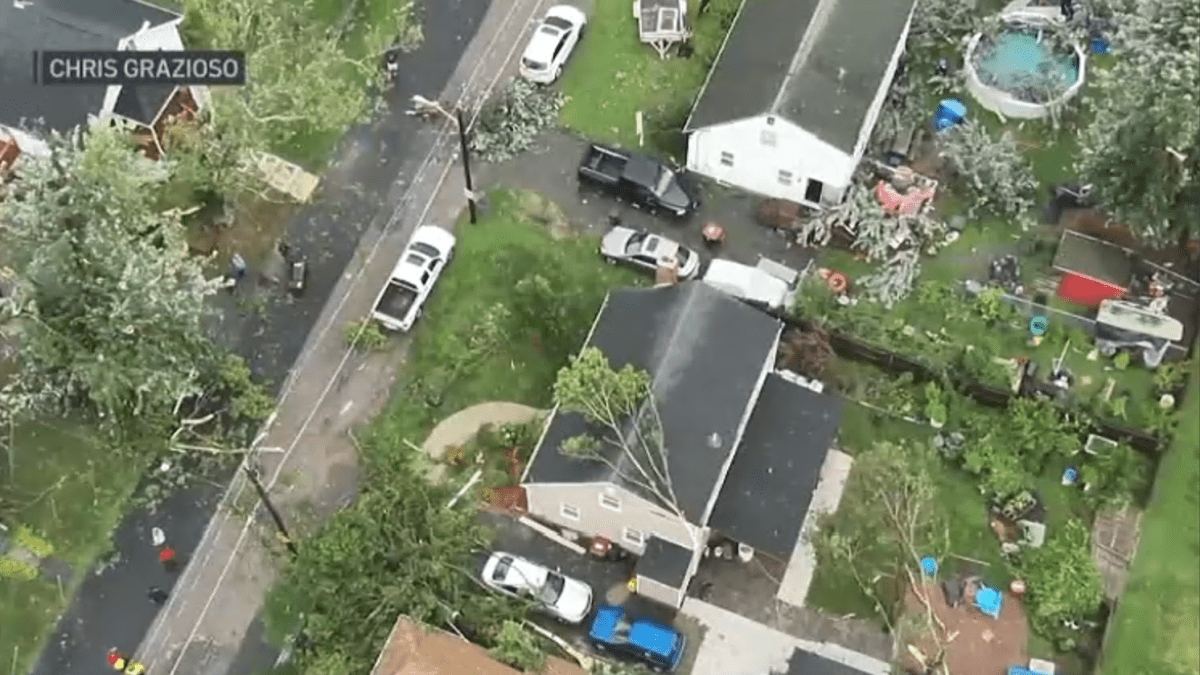The Northern Lights are fascinating phenomena in themselves, and one of them is featured in the photo on the website Astronomy Picture of the Day this Monday (27). To make the image even more amazing, it shows a series of constellations in the sky, completing the scene.
Photographed after sunset, the image’s aurora is a sight in itself and appears accompanied by several stars. The star Polaris, known for being close to the north celestial pole, is at the top of the photo, while the constellation of Orion the Hunter shines in the lower right corner.
Check out:
Known for their beauty, the aurora borealis are phenomena that occur thanks to electrically charged particles from the Sun. The colors, on the other hand, depend on various factors, such as the composition of gases in the atmosphere, altitude, air density and the level of energy involved in the process.
Recently, auroras have flashed across the sky over regions at lower latitudes as a result of a stronger-than-expected geomagnetic storm. Despite forecasts from the National Weather Service for Space Weather, the National Oceanic and Atmospheric Administration (NOAA) pointing to moderate intensity, the storm occurred with high intensity.
How is the aurora borealis formed?
Auroras are phenomena that begin on the Sun. Our star constantly emits electrically charged particles, but it may happen that a larger amount of them is expelled by coronal mass ejections and other events. When this happens, the particles travel through space and, as they approach our planet, they encounter the magnetic field.
Some of the energy and particles travel along field lines to the region of the Earth’s south and north poles. There, they interact with gases in the atmosphere, forming beautiful colored lights in the sky. When they occur at the north pole, they are called “northern lights”; in the south, the phenomenon is called “austral aurora”.
Finally, don’t think that auroras are unique to Earth. As they basically require an atmosphere and a magnetic field to happen, they can also be observed on our neighboring worlds, such as Venus and Mars, which are known to have weak magnetic fields. Saturn, a planet with a huge magnetosphere, has auroras that glow in ultraviolet and infrared light.
Source: ETC




